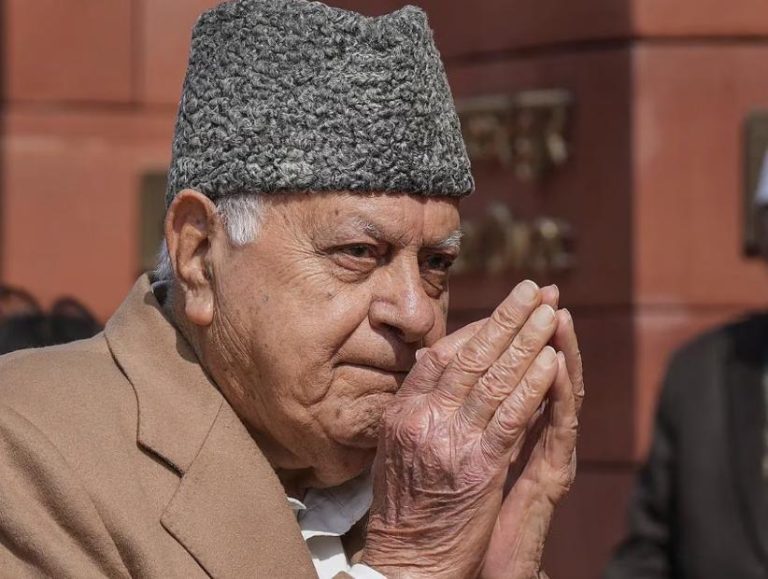
Rupee Slides as US Dollar Strengthens Under Trump
The Indian rupee has been experiencing a sharp decline in recent days, falling 0.7% to 71.64 per dollar, its largest drop in three months. This downward trend is not unique to India, as many Asian currencies have also been impacted by a strengthening US dollar.
The rupee’s weakness can be attributed to a combination of factors, including rising trade tensions between the US and other countries, particularly China. The yuan, China’s official currency, has hit a four-month low, and analysts believe that if China devalues its currency further, the Reserve Bank of India (RBI) may tolerate a weaker rupee to maintain competitiveness.
In the video news report by [News Source], analysts highlight that the US dollar index has climbed to 102.9, a level not seen since June. This is due to the expectation of a Federal Reserve rate cut, which has led to a decline in US bond yields. The lower yields make it more attractive for investors to park their money in US bonds, pushing the dollar higher.
The strengthening dollar has far-reaching implications for emerging markets like India, where a significant portion of foreign exchange reserves are held in dollars. As the dollar rises, it becomes more expensive for Indian importers to buy goods and services from abroad, leading to higher costs and potentially even inflation.
The RBI, which has been actively intervening in the foreign exchange market to manage the rupee’s value, has been accused of allowing the currency to weaken in recent days. This has sparked concerns about the potential impact on India’s economic growth, which has been slowing down in recent quarters.
The rupee’s weakness is also having a knock-on effect on other financial markets. Indian stocks have been volatile, with the benchmark Sensex index falling 1.5% on Tuesday, while bond yields have also risen as investors seek higher returns to offset the depreciation of the rupee.
The decline in the rupee’s value has also had implications for India’s foreign exchange reserves, which have fallen by over $10 billion in the past two weeks. The RBI has been using its foreign exchange reserves to intervene in the market and support the rupee, but this has raised concerns about the sustainability of the RBI’s intervention.
In the short term, the rupee’s weakness is likely to continue, driven by global factors such as the trade tensions and the strengthening dollar. However, in the long term, India’s economic fundamentals, including its robust growth rate and large foreign exchange reserves, are likely to support the rupee’s value.
The Indian government has been working to boost exports and attract foreign investment to reduce the country’s reliance on imports and improve its current account deficit. The government has also been implementing policies to boost domestic consumption and investment, which should help to support the economy and reduce the impact of the rupee’s weakness.
In conclusion, the rupee’s recent decline is a reflection of the broader trends in the global currency market, driven by trade tensions and expectations of a Federal Reserve rate cut. While the RBI may tolerate a weaker rupee in the short term, it is important that the government and RBI continue to work towards improving the country’s economic fundamentals to support the rupee’s value in the long term.
News Source: https://youtu.be/ppcjegC_WBw




